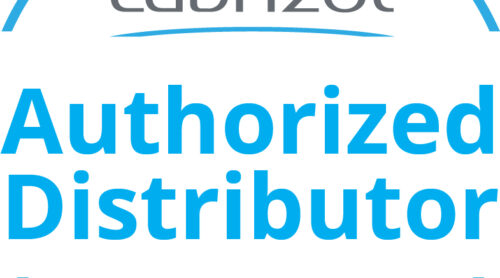Global decarbonization efforts have created considerable consumer demand for biodegradable, plant-based lubricants. Despite environmentally acceptable lubricants (EALs) being a part of this shift to long-term sustainability, the demand for these new plant-based formulations for lubricants and hydraulic fluids is currently a small fraction of the overall lubricants market.
First, What Exactly Is an Environmentally Acceptable Lubricant?
An EAL is any synthetic or semi-synthetic lubricant that meets these three criteria established by the EPA:
- Biodegradable
- Minimally toxic
- Non-bioaccumulative
Each constituent substance within the formulation must be tested individually and meet EAL guidelines. The final formulation must also meet basic biodegradability requirements. Incumbent lubricants don’t meet the industry standard of biodegradability, which is defined as a compound being 60% degraded within 28 days; most petroleum-based lubricants degrade approximately 15-25% during that period.
| Oils | Greases |
| 90% biodegradable Up to 5% non-biodegradable 5-9% inherently biodegradable 100% non-bioaccumulative | At least 75% biodegradable 25% inherently biodegradable or non-biodegradable and non-bioaccumulative |
EALs are derived from soybean, canola, sunflower, and other vegetable-based stocks. Some formulations use synthetic esters or polyalkylene glycols (PAGs) as base stocks.
Synthetic vs. Semi-Synthetic Industrial Lubricants
Synthetic and semi-synthetic industrial lubricants are defined by their base oil and the ratio of base oil to plant-based components. Synthetic oils are formulated from chemically engineered base oils, while semi-synthetics combine synthetic and conventional base oils. EALs are considered synthetics because some have esters or PAGs as base oil stock, although precise ratios vary by application and manufacturer.
Are Plant-Based Lubricants Competitive?
Right now, EALs, like other synthetic lubricants, are more expensive than traditional lubricants across most product categories and applications. Sustainable lubricants have eked out a relatively small slice of the global lubricants market, primarily due to cost considerations but also limited understanding of performance characteristics.
Industrial synthetic lubricants like EALs cost considerably more than petroleum-based incumbents. Current technologies also limit how and where biodegradable lubes can be used.
For example, environmentally acceptable lubricants are currently incompatible with certain applications, such as hydropower facilities. Hydropower is an ideal example of a high-need application wherein non-bioaccumulative lubricants could greatly reduce the environmental impact of the existing conventional lubricants used in these environments – that is, if creative solutions can be developed to utilize them.
Related: Are You Using the Right Mobil Lubricants?
Expectations Outpace Market Share
To date, EALs and other biolubricants account for a fraction of the total market share, hovering between 1-2%, with 38-41% of biolubricant sales in hydraulic fluid applications. EALs are increasingly used in agricultural and manufacturing applications.
Individual companies and specific, often consumer-facing segments of the market have set environmental goals to reduce their dependence on fossil fuels and petroleum products. Due to a projected increased emphasis on sustainability going forward, the biolubricants market is expected to grow at a compound annual growth rate of 5.2% through 2031, outpacing the broader lubricant market’s mid-range growth estimate of 3.7% over the same period.
Incentives May Grow
Still, public perception and new regulations could accelerate adoption even further, as more suppliers and manufacturers move to meet internal and regulatory incentives. Europe, in particular, has incentivized EAL use through tax breaks, production subsidies, and labeling programs.
The lack of an accepted, universal definition of EAL remains a barrier to regulatory incentivization, as there is no single internationally agreed-upon standard for what is or isn’t an EAL. The EU could define EALs globally in the years to come.
Expand Your Lubricants Options with Tilley Distribution
Tilley’s industry expertise provides customers with application-specific knowledge that allows us to source the right lubricant at a competitive price. We make it possible to replace current petroleum-based lubricants with sustainable alternatives without sacrificing performance. Contact us today to schedule a conversation with a Tilley representative.
